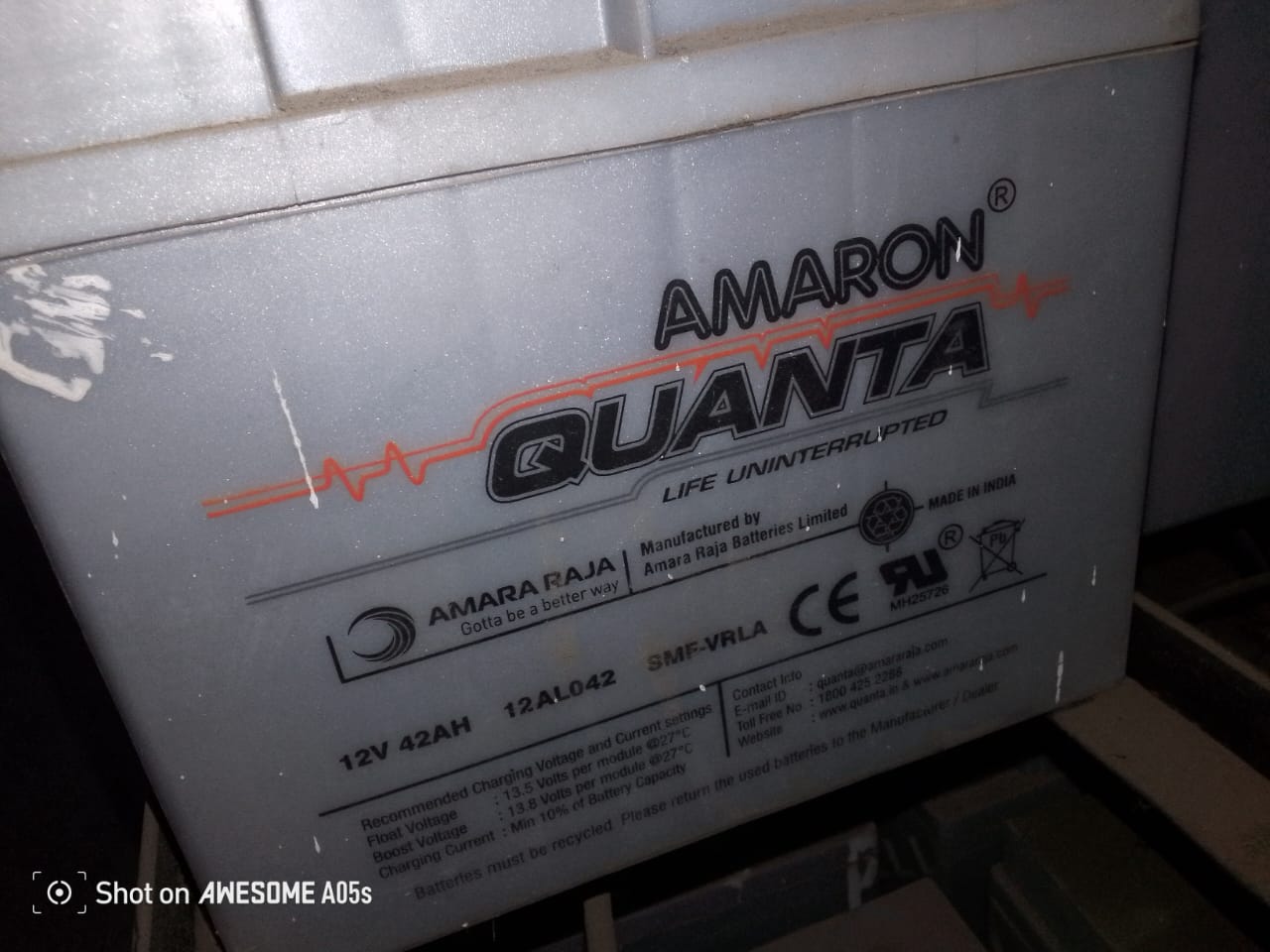The AMARON Quanta battery series is designed for industrial applications, particularly for UPS systems. Here are some key specifications and details: Type: Sealed Maintenance-Free (SMF) Battery Nominal Voltage: 12V Capacity Options: Ranges from 12Ah to 200Ah Design Features: Heavy-duty corrosion-resistant alloy, predictable performance, and reliability. Dimensions: Varies by model; for example, the 200Ah model measures approximately 541 x 232 x 208 mm. Weight: Approximately 62 kg for the 200Ah model. Applications: Ideal for UPS systems, industrial equipment, and other critical power backup needs. For detailed specifications, you can refer to the product catalog or specific data sheets available online. AMARON QUANTA CALLS - Detailed Overview The AMARON Quanta series offers a range of high-performance batteries suitable for various applications, particularly in power backup systems. Below are the key details: Battery Specifications Type: Sealed Maintenance-Free (SMF) Battery Nominal Voltage: 12V Capacity Options: 12Ah 18Ah 26Ah 42Ah 65Ah 84Ah 100Ah 125Ah 150Ah 160Ah 200Ah Weight: Approximately 62 kg for the 200Ah model Dimensions: 200Ah model: 541 x 232 x 208 mm Other models vary in size Key Features Durability: Designed to withstand harsh environmental conditions and heavy usage. Rugged construction with corrosion-resistant materials. Performance: High discharge rates with low internal resistance. Excellent charge acceptance and fast charging capabilities. Maintenance: Low maintenance requirements due to the sealed design. No need for regular electrolyte checks or refills. Applications Industrial Use: Suitable for UPS systems, data centers, and critical power applications. Renewable Energy: Effective for solar energy storage and backup power systems. Warranty and Support Warranty: Typically comes with a manufacturer's warranty, often around 1 year. Customer Support: Available through various retailers and manufacturers for inquiries and assistance. Environmental Considerations Operating Temperature: Functions effectively in a wide temperature range, typically from -20°C to +50°C. Safety Features: Equipped with safety vent seals to prevent overpressure and leakage. The AMARON Quanta series is recognized for its reliability and efficiency, making it a preferred choice for users requiring dependable power solutions.
Send Message







